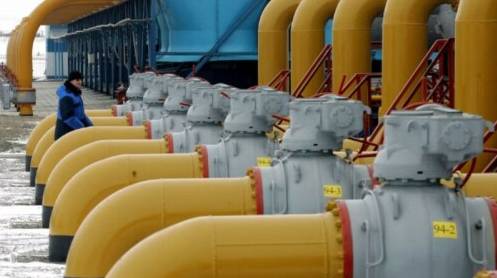As Thungela Resources’ CEO attempts to talk up the future of the Anglo American coal spin-off, SA’s second-largest coal export destination is planning to bring coal imports to an end.
Thungela CEO July Ndlovu recently stated that a “just transition” for developing nations requires the continued operation of existing coal-fired power plants to avoid economic damage. However, even in the unlikely event that coal power stations can remain financially sustainable amid the ongoing wave of ever-cheaper renewable energy development globally, Ndlovu misses a key point.
In some of SA’s key export destinations any continued long-term operation of coal-fired power plants doesn’t necessarily support imported coal. It makes sense from an economic and energy security point of view for them to replace imports with domestic coal.
Pakistan — SA’s second-biggest coal export destination — is now planning to do exactly that. Pakistan media report that the government is planning a range of reforms to address the power sector’s hopelessly unsustainable financial position. These include the cessation of further coal-fired power development and the conversion of existing plants using imported coal (about 5,500MW) to use domestic coal instead.
Reconfiguring power plants to use domestic coal may not be straightforward, but drastic action is needed to reduce Pakistan’s cost of power generation. The debt buildup within its power sector is heading for $17bn, and capacity payments to thermal power plants are expected to reach $10bn per annum by 2023.
The inevitable result of this is a proposed huge consumer power tariff increase — a move that will hold back Pakistan’s economic development. The fleet of coal-fired power stations built by China under the China-Pakistan Economic Corridor programme are proving a major economic burden, adding to the financial crisis. Pakistan is now asking for debt relief from China for these projects.
Pakistan’s plans to replace imports with domestic coal come as India — SA’s largest coal export destination by far — strives to do the same. It has been targeting import replacement for years, with little result. But the Covid-19 crisis has reinforced government efforts as it targets economic recovery and support for Indian jobs.
SA’s coal exports out of Richards Bay Coal Terminal (RBCT) to India dropped 11% in 2020, driving a fall in total exports to 70.2-million tonnes. Covid-19 and the consequent drop in power demand were part of the reason, but overall coal exports out of RBCT have dropped for three successive years.
Although some bounceback in volumes can be expected this year, it now seems increasingly unlikely that exports will reach the 2017 high of 76.5-million tonnes ever again. RBCT’s maximum capacity of 91-million tonnes per annum is entirely theoretical; about 15-million tonnes of that capacity is already stranded.
Much was made of RBCT exports to China following its ban on imports from Australia. However, this is unlikely to last. President Xi Jinping has committed to reducing China’s coal consumption from 2026, and China is another major coal producer that looks set to replace imports with domestic coal in the medium term.
Improvements to domestic coal mining efficiency and output, coal rail logistics and power transmission infrastructure are under way to increase reliance on domestic and Mongolian coal and reduce imports. China’s 2020 domestic coal output was the highest since 2015 following expansions to coal mining capacity.
Increased emphasis on renewable energy will also squeeze out China’s thermal coal imports. Covid-19 did not hold back China’s accelerating renewable energy additions. The nation added more than 72GW of wind power in 2020, more than double the previous record. It also added 48GW of solar, the most since 2017.
South Korea — another key market for SA coal — has no domestic coal to replace imports, but its consumption looks set to decline as the nation’s energy transition gathers pace. Under the South Korean government’s ninth electricity plan, coal-fired power generation is expected to decrease 23% by 2030, reducing thermal coal consumption by about 19-million tonnes per annum. Thirty coal-fired power plants are due to be shut down by 2034.
South Korea will also no longer finance coal-fired power stations overseas, joining Japan in shifting away from such developments in developing nations. As a result, the potential for new coal markets to replace existing ones is disappearing. Bangladesh is planning to cancel its coal power project pipeline, while Vietnam has reduced its coal power capacity target from 55.3GW to 37.3GW as its renewables ambition grows. Only 20.4GW of that lower target will run on imported coal but, given the pace at which finance is abandoning coal, it seems unlikely all that capacity will ever be built.
Ndlovu has stated that the company will study the coal market over the next two years to understand the environmental, social and governance trends. But the trend is already perfectly clear: governments and financiers are abandoning coal-fired power because it is never going to be “clean” and is increasingly challenged by cheaper renewable energy. The stranded asset risk is far too great.
The trend is already biting companies seeking to open up new coal capacity, including in SA. It isn’t yet clear how Pakistan would deal with the logistics of a shift away from coal imports. But its plans add to the growing and irreversible risks faced by SA coal exporters.
Source: Business Day





